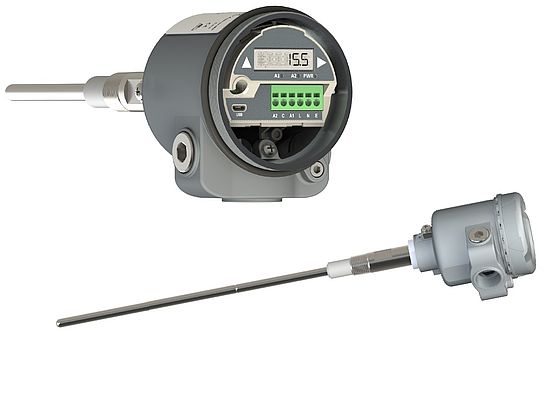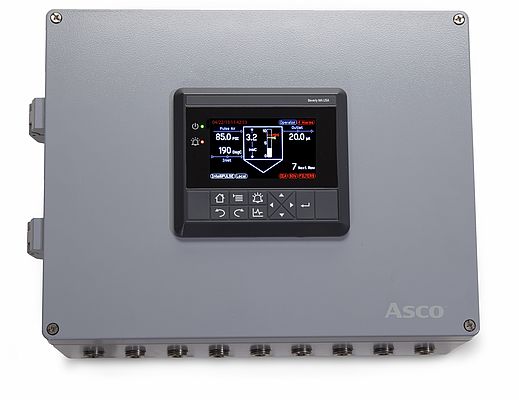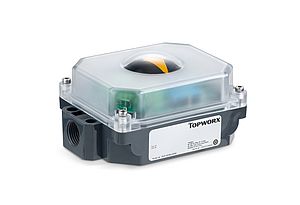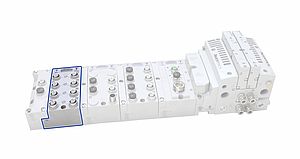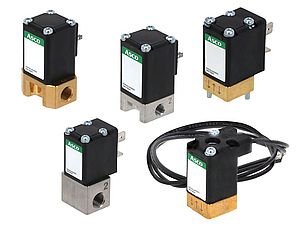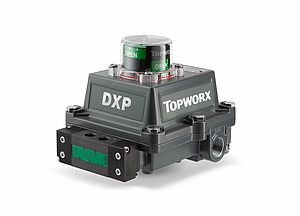Emerson’s new ASCO™ DPT Control System optimizes the performance and improves the efficiency of filtration and dust collector systems by providing accurate and reliable low-level particulate monitoring, early warning leak detection, enhanced cleaning control and real-time diagnostics.
Early warning through low-level measurement
Using traditional sensing technology, low-level leakage is hard to detect in environments with high operating pressure, high humidity or oil and steam. The advanced signal processing of the DPT Control System helps ensure accurate, low-level measurement and detection of particles of less than 1 milligram per cubic meter in harsh, high-pressure (maximum 7 bar) and high-humidity applications, like those found in the cement, power plant, incineration, finishing aluminium and chemical industries.
By closely monitoring dust collector systems in real time, the DPT Control System can help users locate and address leaks before they become issues, improving energy efficiency and compressed air consumption savings. The loop-powered sensor enables intrinsically safe monitoring of difficult-to-access points of the filtration system, including coil, diaphragm and filter bag. The system’s condition monitoring and predictive maintenance capabilities can improve system reliability and efficiency while reducing maintenance costs and unplanned downtime. Its superior linear output can help users track real-time particle emissions levels and meet emissions regulations.
Optimized processes for longer filter life
In addition to monitoring, the DPT Control System optimizes the performance and uptime of dust collector systems of all sizes through efficient and reliable pulse-jet filter cleaning control. For facilities that use large baghouses, application-specific control algorithms can reduce pulsing frequency, which can extend filter life and reduce the amount of compressed air consumed. The control logic can maintain quite low and stable differential pressure during operation and automatically maintains differential pressure within ±25 Pa (±0.1 inch) of water column of set point while minimizing pulsing. This ensures consistent cleaning performance, maintains a proper filter cake and can reduce compressed air use by 15% to 40% over standard, on-demand cleaning and up to 90% over continuous. It also helps ensure consistent airflow to maintain production, ventilation and dust recovery.
The system provides extensive general filter pulse jet cleaning control modes, such as easily selectable pulsing patterns and a full range of basic timing modes. Modes include continuous, high/low, single cycle and cycle down.


